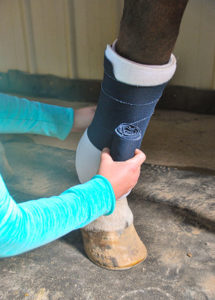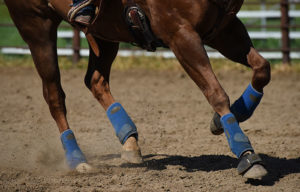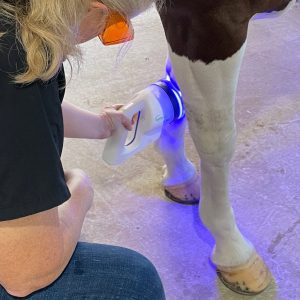Certain Maple Tree Seeds Can Kill Horses
- Posted by Clair Thunes, PhD

This fall the British Equine Veterinary Association (BEVA) is warning of a perfect storm of conditions that might lead to an increased incidence of the muscle condition atypical myopathy (AM) in pastured horses in Great Britain. Atypical myopathy is a sudden onset disease that’s commonly fatal. Although veterinarians have recognized it for decades, researchers only identified the cause, hypoglycin A, in 2013.
The Risk
Hypoglycin A is most typically found in the sycamore tree (Acer pseudoplatanus), a type of maple. This is not the U.S. sycamore, Platanus occidentalis. However, a similar disease known as seasonal pasture myopathy (SPM) does occur in the United States due to consumption of Acer negundo, or box elder tree (also known as a boxelder maple or, in Canada, a Manitoba maple). This condition is most prevalent in the Midwestern United States and results from horses eating the tree’s seeds. Atypical myopathy also occurs due to seed consumption but might occur when dead wood or dead leaves are consumed, as well.
The level of the toxin varies from seed to seed, so the amount of seeds needed for the disease to occur can vary from fewer than 100 to several thousand. Symptoms can occur quickly and include weakened muscles, reluctance to walk, sudden stiffness and muscle tremors, sweating, depression, high heart rate, dark urine, collapse, and colic. The fatality rate is around 70%
Create a free account with TheHorse.com to view this content.
TheHorse.com is home to thousands of free articles about horse health care. In order to access some of our exclusive free content, you must be signed into TheHorse.com.
Start your free account today!
Already have an account?
and continue reading.

Written by:
Clair Thunes, PhD
Related Articles
Stay on top of the most recent Horse Health news with













One Response
Thank you for this great info. I see that your article says the Sycamore tree that causes this condition is not the US. Sycamore. Does that mean the US Sycamore (platanus occidentalis) is safe to plant near horse pastures? I’m looking for more information on if this U.S. species is safe or not.